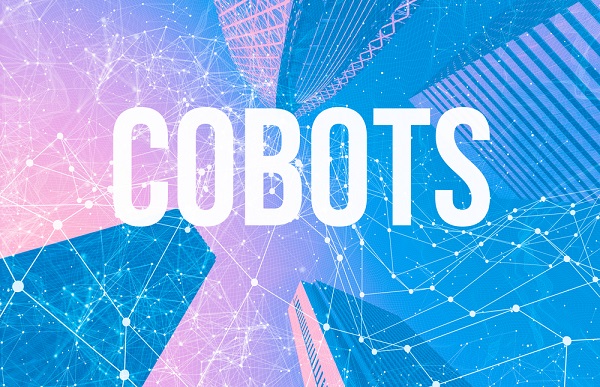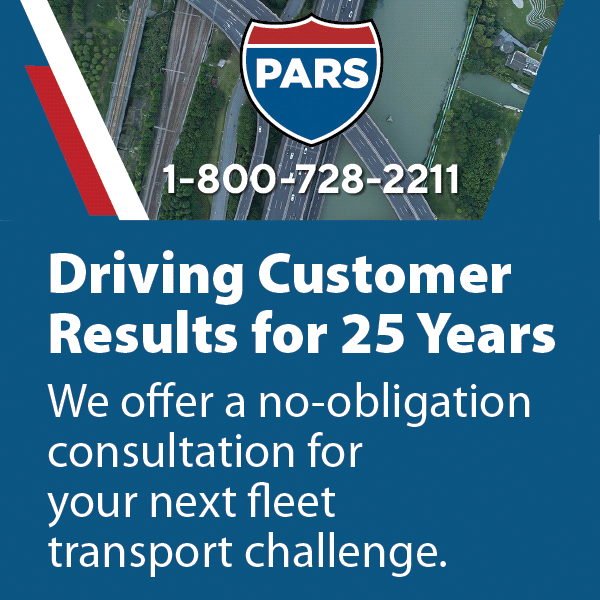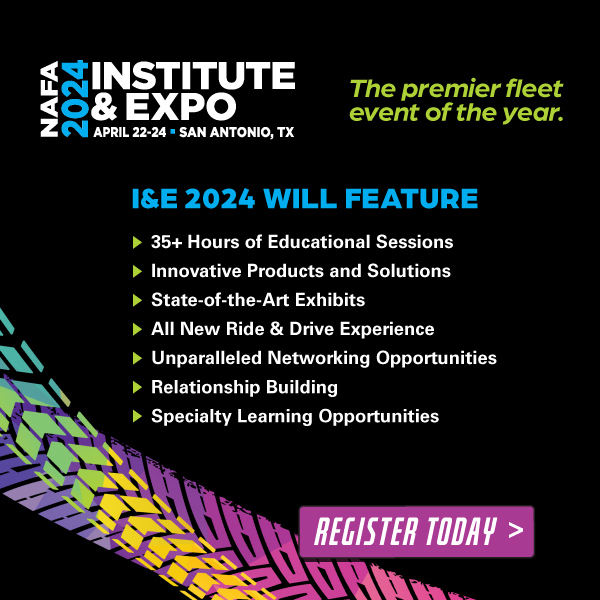
By Dijam Panigrahi, Co-founder and COO, GridRaster Inc.
November 1, 2023
In late September, the United Auto Workers (UAW) began to commence strategic walkouts of its workforce at automotive manufacturing plants across the U.S. Much of this labor unrest was the result of a disagreement over compensation and benefits packages, but there is much more involved, such as the use of robotics and automation, and how to shorten work weeks for the labor force.
This issue is being closely watched by industries that are on the fringe of automotive production, such as fleet companies and businesses that operate vehicle fleets.
While the automotive industry is only one segment of the manufacturing landscape, many industries that involve a heavy dose of manufacturing and plant workers have certainly been grappling over the use and future robotics and automation play.
How Robotics and Automation Can Benefit Today’s Labor Pool
Another way of looking at the issue, is to realize that these technologies may prove beneficial in helping to solve current labor challenges, as well as labor predicaments for all industries involving manufacturing facilities. These technologies can actually be a part of the manufacturers’ overall plans for upgrading plant facilities to help employees be more productive and efficient in their work weeks.
Consider that even if every skilled worker in the country was employed in manufacturing, Forbes reports there would still be 35% more job openings than workers capable of filling them. By 2030, Deloitte predicts the industry will be short by more than 2 million workers.
 ‘Cobots’ may hold the key to the future of robotics and automation for many industries and manufacturers.
‘Cobots’ may hold the key to the future of robotics and automation for many industries and manufacturers.
Cobots, which enable human-robot collaboration, are made to work safely next to human workers. Similar to traditional industrial robots, cobots are mechanical arms powered by sensors and AR/VR (augmented reality/virtual reality) that can be programmed to carry out a variety of tasks in a factory setting for the manufacture of items, including material handling, assembly, process tasks, quality inspection, and packaging. Due to the cobot’s focus on repetitive tasks, this enables its human coworker to concentrate on other tasks that call for greater manual dexterity and cognitive skills.
Cobots are different from regular robots in that they collaborate closely with human workers by using sensors and specialized software algorithms. Cobots automatically avoid colliding with objects or people, and when they do, the forces involved are negligible enough to prevent damage or injuries. Human capital won’t be eliminated or even significantly diminished as a result.
Having the Right Strategy in Place
Cobots are excellent for use in many manufacturing operations, but far too many manufacturers are purchasing cobots without having a clear strategy in place. It is important to consider how cobots can best benefit operations, just like with any other intelligent technology. Cobots, despite being highly versatile, have strict specifications and limitations that must be understood and respected. By choosing the incorrect cobots for operational needs, the expected return on investment may not be achieved. The secret to success is to carefully examine operations to determine the best places to integrate cobots alongside human workers.
 Leading manufacturers in every industry are leveraging cobots to work alongside AR/VR technologies to enhance various industrial and commercial applications. The integration of cobots with AR/VR technologies offers several advantages, including improved efficiency, safety, and user experience. However, it’s important to understand the right AR/VR strategy for implementation.
Leading manufacturers in every industry are leveraging cobots to work alongside AR/VR technologies to enhance various industrial and commercial applications. The integration of cobots with AR/VR technologies offers several advantages, including improved efficiency, safety, and user experience. However, it’s important to understand the right AR/VR strategy for implementation.
What is AR/VR
Aiming to improve the user’s perception and interaction with the digital world, augmented reality (AR) and virtual reality (VR) are two separate but related technologies. The main distinctions between AR and VR are the devices used and the nature of the experience: AR takes place in a real-world environment, while VR is entirely virtual.
These immersive mixed reality technologies are combining with 3D artificial intelligence (AI), machine learning (ML), cloud services and the Internet of Things (IoT) to power cobots that operate functions such as training, design, engineering, production, and automation for businesses across manufacturing industries. As a result, enterprises in manufacturing, healthcare, technology, construction, energy, automotive, aerospace and financial services (to name a few) are more competitive and positioned well for future growth.
Where Immersive Mixed Reality Continues To Challenge Enterprises
The challenge is that these technologies require heavy doses of data, the ability to process vast amounts of data at impeccable speeds, and the ability to scale projects in a computer environment that doesn’t often allow for traditional office environments.
 Enterprises looking to leverage ‘Industry 4.0’ requires a precise and persistent fusion of the real and virtual worlds. This means rendering complex models and scenes in photorealistic detail, rendered at the correct physical location (with respect to both the real and virtual worlds) with the correct scale, and accurate pose. Think of the accuracy and precise nature required in leveraging AR/VR to design, build or repair components of an airline engine, or an advanced surgical device used in medical applications.
Enterprises looking to leverage ‘Industry 4.0’ requires a precise and persistent fusion of the real and virtual worlds. This means rendering complex models and scenes in photorealistic detail, rendered at the correct physical location (with respect to both the real and virtual worlds) with the correct scale, and accurate pose. Think of the accuracy and precise nature required in leveraging AR/VR to design, build or repair components of an airline engine, or an advanced surgical device used in medical applications.
Why Working in a Cloud Environment is Crucial
Enterprises and manufacturers should be cautious in how they design and deploy these technologies, because there is a great difference in the platform they are built on and maximized for use.
Even though technologies like AR/VR have been in use for several years, many manufacturers have deployed virtual solutions on the devices, where all the technology data is stored locally, severely limiting the performance and scale needed in today’s virtual designs. It limits the ability to conduct knowledge sharing between organizations that can be critical when designing new products and understanding the best way for virtual buildouts.
 Manufacturers today are overcoming these limitations by leveraging cloud-based (or remote server based) AR/VR platforms with cobot capabilities powered by distributed cloud architecture and 3D vision-based AI. These cloud platforms provide the desired performance and scalability to drive innovation in the industry at speed and scale.
Manufacturers today are overcoming these limitations by leveraging cloud-based (or remote server based) AR/VR platforms with cobot capabilities powered by distributed cloud architecture and 3D vision-based AI. These cloud platforms provide the desired performance and scalability to drive innovation in the industry at speed and scale.
Integrating cobots with AR and VR technologies can lead to increased productivity, reduced errors, improved safety, and a more immersive and interactive work environment. However, it’s essential to carefully plan and integrate these technologies to ensure they meet specific business needs and improve the overall work process for any industry and application.
Dijam Panigrahi is Co-founder and COO of GridRaster Inc., a leading provider of cloud-based AR/VR platforms that power compelling high-quality AR/VR experiences on mobile devices for enterprises. For more information, please visit www.gridraster.com.





